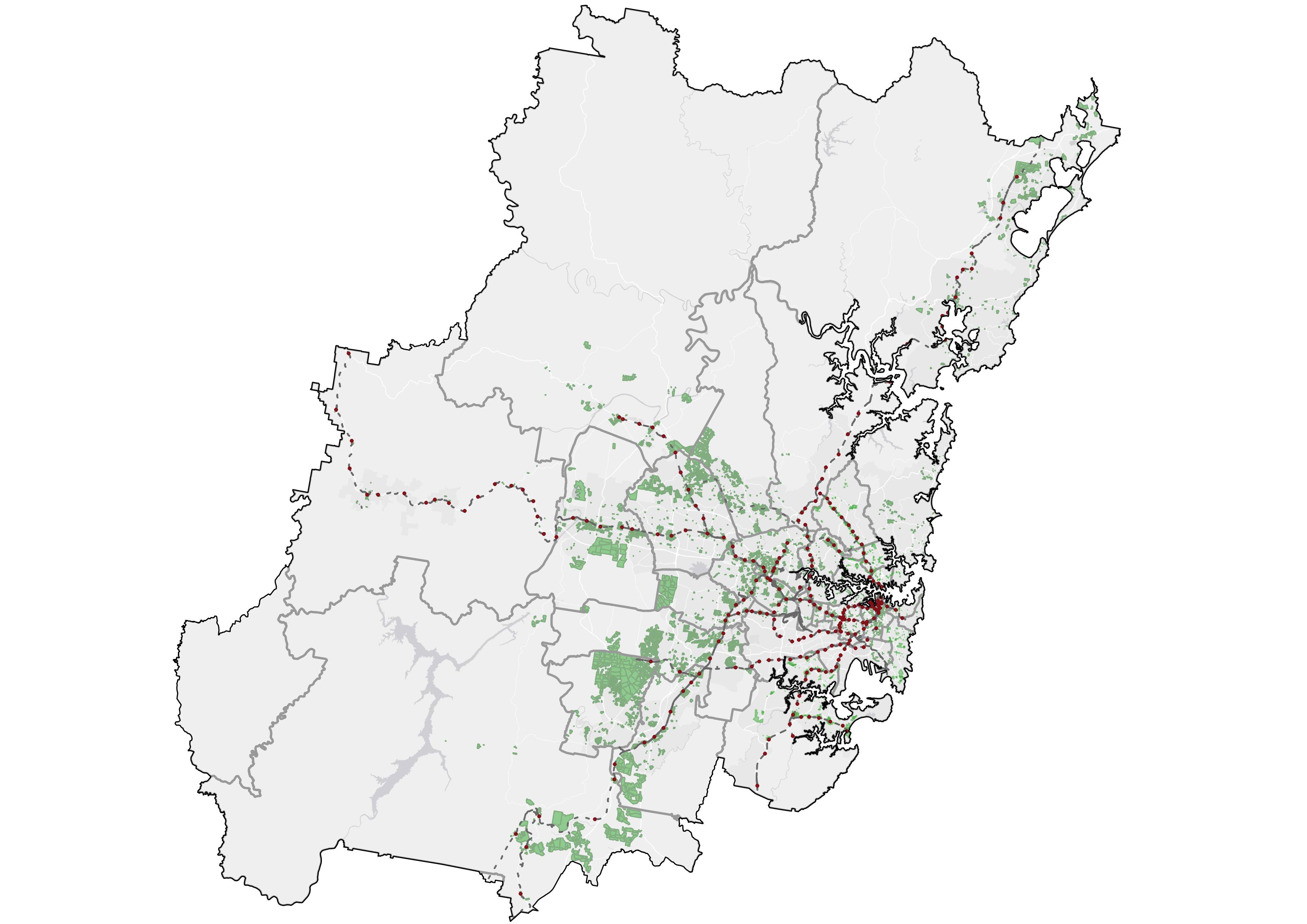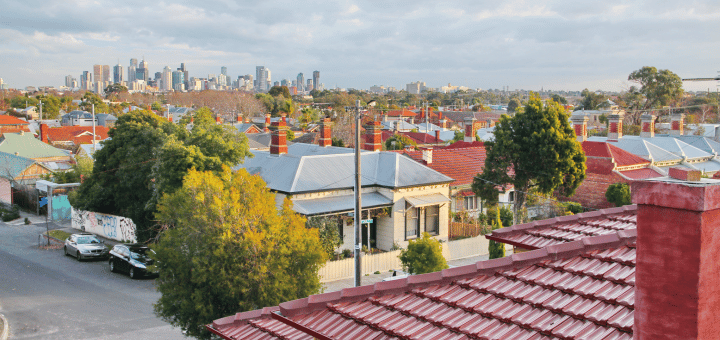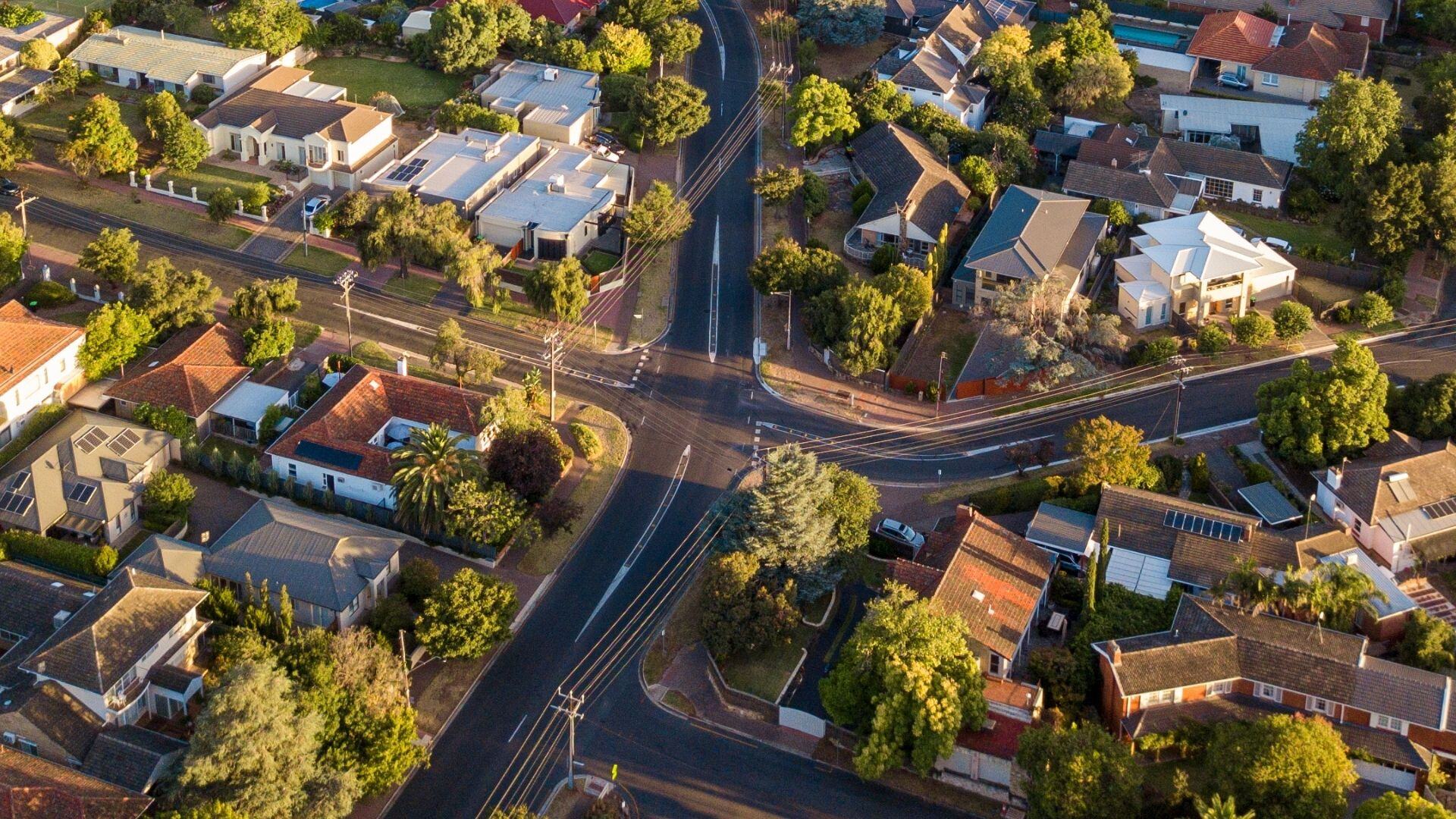New housing targets across Australia may be seen as a challenge for Local Governments. We believe they present an opportunity to boldly encourage more diverse and well-located homes within existing infrastructure and, in doing so, strengthen local communities and economies.
While Australia grapples with the consequences of its attitudes towards housing, there has never been a better time to understand the potential of your local government area in addressing its own housing needs.
As state governments continue to create plans and targets to deliver more homes, local nuance is required to develop appropriate housing solutions that can deliver a diverse range of well-located homes that are integrated in place. To do so, councils must be well-informed about the demand for dwellings, how that demand is changing over time, and the residential opportunities that exist to meet current and future demand.
New state government housing targets
In recent months there have been a number of major housing announcements, tying in with Federal and State budgets. Both the New South Wales and Victorian governments have announced new dwelling targets affecting multiple LGAs. In Tasmania, the government campaigned on a commitment delivering 10,000 more social and affordable homes by 2032. In South Australia, two new major infill developments have been announced, with a new housing roadmap to follow later this month.
Many of these strategies are focused on creating ‘well-located’ homes by increasing densities around transport hubs and promoting the redevelopment of lots within existing infrastructure, while relying less on greenfield sites.
The role of local councils in housing solutions is a moveable feast. Some state government interventions appear to be trying to take local government out of the equation while others are empowering councils to take bold action. Whatever the environment, council has a consistent role in best understanding and advocating for the needs of their community and economic future.
An opportunity to rethink housing in your area
Given the increasing pressure on local council to deliver housing solutions that fit the future needs of their community, now is an ideal time for council staff to step back and re-assess the demand and opportunity for housing in their areas.
Too often, housing analysis is focused on capacity alone; a review of levers council can pull within accepted limitations and current zoning plans. This sort of analysis alone can miss the wider opportunity for housing in a region. Stepping back and reviewing housing options with fresh, clear eyes is the first responsible step in the current climate.
Understanding local housing supply and demand and the drivers thereof is the basic pre-requisite. But how have previous policies performed? Has housing development actually centred around identified activity centres, or has it continued to spread around the LGA? Is housing supporting the industries and occupations that are key to a thriving local economy? What are the opportunities – for the community, the economy and the environment – that emerge by re-thinking housing solutions?
Transit-orientated development opportunities
.id (informed decisions) has produced national population and residential development forecasts at a geography smaller than the smallest defined by the Australian Bureau of statistics for the entirety of Australia. As one of the key input drivers of these forecasts, we have analysed nearly three decades worth of new housing policy and cycles of housing targets, including their motivation, implementation and effect.
Transit-orientated housing supply targets are an opportunity to encourage well-located and well-designed higher density housing development across Australia. Thriving activity centres attract people and investment as well as reduce travel times, improve road congestion, target climate concerns and can improve the economic productivity of an area. Developing housing in established areas such as activity centres can be 2-4 times cheaper than greenfield areas in terms of infrastructure capital costs (excluding transport).
‘Well-located’ is defined differently from one place to another. In a local context, the character, role and function, geography, economy, and demography of an area will drastically influence the perception of whether a home is well-located or not.

Inner-Melbourne transit-orientated development opportunities | Source: .id (informed decisions)

Greater Sydney transit-orientated development opportunities | Source: .id (informed decisions)
How .id can help
For more than 25 years, .id has worked with councils to calculate the demand for and consumption of homes, assess which areas have the most potential for housing opportunities, and identify the total opportunity for connected living within communities.
We have developed a rigorous methodology for identifying and quantifying housing opportunities in well-located areas using our place-based approach. Using a typology assessment, we can help you determine which centres are best located to achieve higher densities and greater diversity. Things we consider are:
- Access to public transport
- Level of services and retailing
- Access to major institutions
- Urban integration
- Environmental risk analysis
- Economic productivity measures
Using our knowledge of place, .id can help you identify which areas are best situated for higher densities, how much developable land is available, and what proportion of a range of homes are possible to meet the housing needs of your local area.
Learn more about .id’s housing opportunity analysis →











